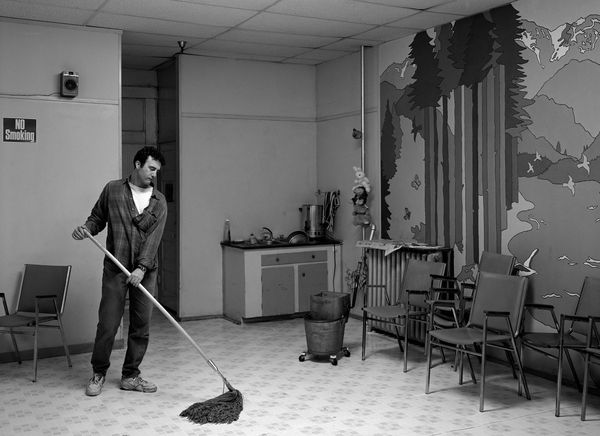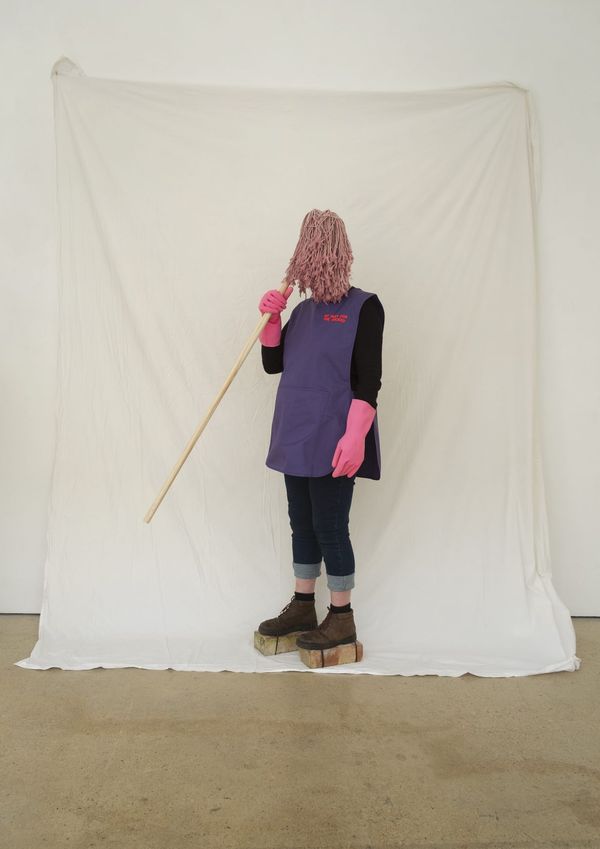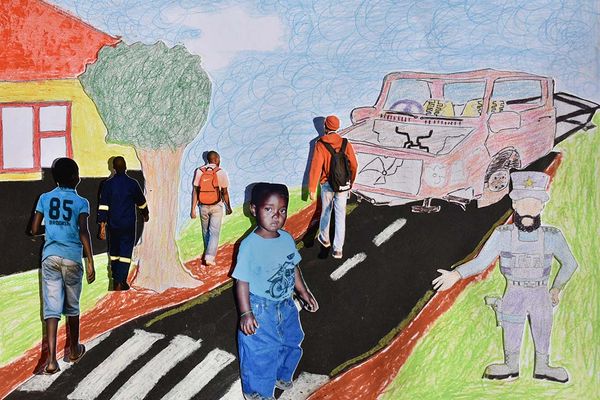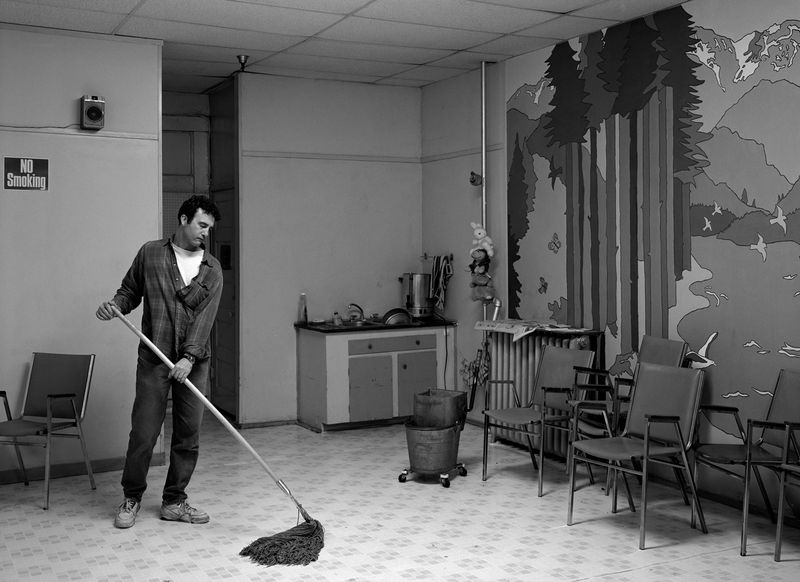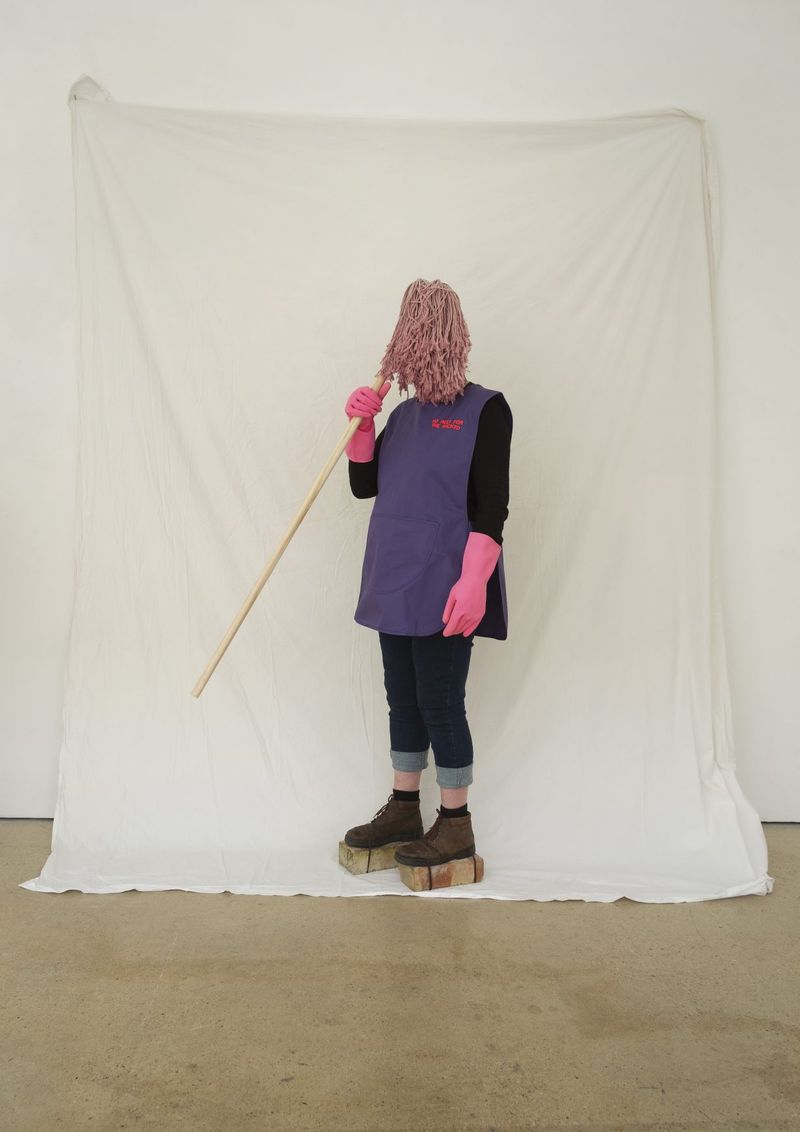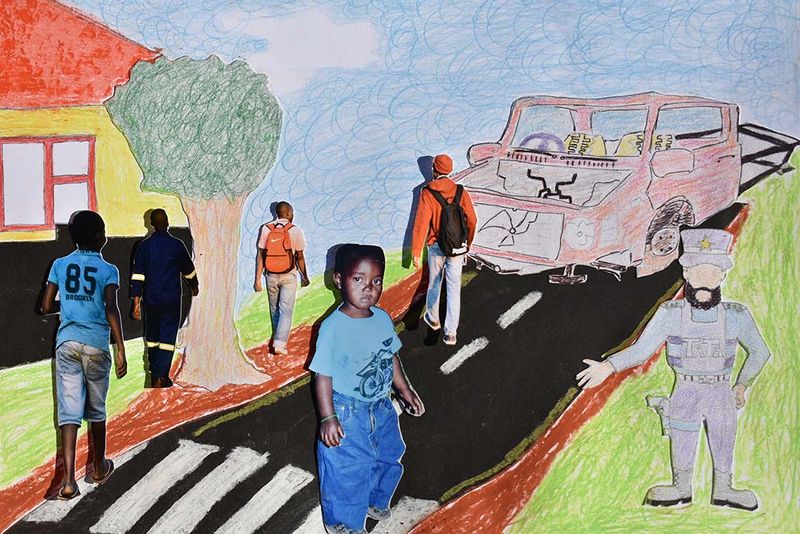Foto/Industria 2025
-
Opens7 Nov 2025
-
Ends14 Dec 2025
-
Link
- Location Bologna, Italy
The new edition of the Biennial of Photography on Industry and Work is dedicated to the theme of the home and will take place from November 7 under the artistic direction of Francesco Zanot.
Overview
Ten exhibitions will be set up in seven venues across Bologna’s historic city center until December 14, while the eleventh exhibition, Living, Working, Surviving by Canadian artist Jeff Wall, curated by Urs Stahel, will be hosted in the MAST.Galleries (until March 8, 2026).
The exhibitions of FOTO/INDUSTRIA 2025 offer a visual chronology on the theme of the home, from the early 20th century to modern times and the opportunity to observe and study the work of a selection of international artists (from emerging talents to leading figures on a global stage) through eleven exhibitions that span over a century and explore diverse geographies.
The exhibition Living, Working, Surviving by Canadian photographer Jeff Wall and curated by Urs Stahel, features a selection of works retracing the extraordinary career of one of the most significant contemporary photographers. The exhibition proposes 28 works by Wall, including lightboxes and large-format colour, and black-and-white prints, created between 1980 and 2021, and sourced from private collections and international museums. These images are dedicated to the broad spectrum of humanity, everyday life, and the simple gestures of those who work, move, and carry out daily tasks and activities. They appear to be candid snapshots of people’s lives, yet in reality, they are enigmatic and complex scenes depicting events that never occurred –indefinite and deliberately ambiguous compositions that invite the viewer to immerse themselves, reflect, and discover meaning.
Prut by Matei Bejenaru is an ongoing project begun in 2011, focused on villages along the two banks of the Prut River, which since Romania’s accession to the European Union in 2007 has been a natural boundary of the new political Europe. These images connect us with a rural world rooted in the past yet exposed to the changes of the contemporary world. By observing daily life along the river – which is home to him – the artist tells the broader story: the political dynamics of the last fifty years, economic cycles, and ecological changes.
A Small Guide to Homeownership by Alejandro Cartagena (Mexico, 1977) is the result of thirteen years of research on the phenomenon of suburbanisation that has radically transformed the Mexican city of Monterrey over the past two decades. Organising his images into four thematic sections—the new neighbourhoods, their inhabitants, environmental impacts, and transportation systems—, the artist presents a paradoxical journey that, while appearing to guide the viewers toward the purchase of a home, actually challenges the rhetoric of property as a guarantee of well-being and stability, exposing its contradictions: a fragmented landscape of distant, isolated suburbs in conflict with the surrounding environment, with urban growth driven more by profit than collective welfare.
The experience of exile and loss of home and homeland are key features of the long historical continuum that unites the genocide presently unfolding in Gaza and the 1947-9 mass expulsion of Palestinians from their villages by Zionist forces, also known as the Nakba (or “catastrophe” in Arabic). Curated by Elizabeth Breiner and Shourideh Molavi with Francesco Zanot, Looking for Palestine by Forensic Architecture brings together acts and mechanisms of displacement, past and present, and proposes within these a series of strategies—including ‘situated testimony’ interviews and counter-readings of archival materials—to combat the historical amnesia that supports these continuous cycles. Under indiscriminate bombardment, ground invasions, and wave upon wave of evacuation orders, for the Palestinians home has increasingly become a concept divorced from everyday reality, a place to return to in the mind until return in the flesh is possible. Yet even as Gaza’s built environment has been systematically demolished, the population continues to rebuild with every forced move between apartments, hospitals, and makeshift shelters. In the face of Israel’s ongoing war of erasure, these acts of recollection and reconstruction, large and small, individual and collective, become a fundamental form of resistance through which Palestine is remade again and again.
My Dream House is not a House di Julia Gaisbacher is dedicated to the Gerlitzgründe residential complex in Graz, one of Austria’s first participatory social housing experiments, designed in the 1970s by architect Eilfried Huth. In that pioneering context, Huth introduced a radical method where architectural design took place alongside future residents, fostering a collaborative relationship based on equality and mutual listening. He thus created a laboratory which gave concrete form to new architecture and at the same time built solid communities and friendship networks. Through a photographic series, a documentary film, a selection of archival images provided by the residents, and an original architectural model, the exhibition reconstructs a complex mosaic that represents the layered dimension of the original project.
The series Popihuise by Vuyo Mabheka exists in an intermediate space between document and fiction, past and present, autobiography and collective narrative. The title refers to a game popular in South African townships, ‘popihuis,’ a low-cost version of a dollhouse in which children recreate domestic spaces with improvised materials, bringing to life alternative microcosms. The artist reinvents his early life, cutting out childhood photos, removing context, and integrating them into colourful, evocative scenes. Here, the home is not just material but also affective and symbolic.
lKelly O’Brien explores domestic work by intertwining her family’s stories with issues of class, gender, and occupation, advocating for the visibility of working women and their struggles. In her works, the narrative shifts between the tensions of domestic burdens—a shadowed space where gender disparities persist—and the paradox of the home as a sanctuary. No Rest for the Wicked celebrates the home to reveal the invisible labour that underlies it. The project highlights the experiences of women whose work, both inside and outside the home, often goes unrecognised.
Södrakull Frösakull di Mikael Olsson is a study conducted from 2000 to 2006 on two emblematic houses by modernist architect and designer Bruno Mathsson, built respectively in the 1950s and 1960s in Värnamo, southern Sweden. The two buildings are not only homes but conceptual statements, radical experiments on the relationship between individual and environment, domestic space and natural landscape. Olsson’s work eschews conventional architectural photography—based on clarity and neutral representation—in favour of transforming subjects into vital, enigmatic, and unsettling presences. In these two houses, not only does the geometric perfection and purity of design emerge, but also their fragility—the way they embrace and reveal the passage of time, how they age, and how they preserve layers and memories.
Quarta casa is the first retrospective dedicated to Moira Ricci, featuring a broad selection of works spanning about twenty-five years. The exhibition highlights the coherence and depth of her research through the recurring, essential theme of the home, a framework where relationships unfold, memories are preserved, and private and collective life intersect, particularly in the Maremma region. A pioneer in Italy in the use of archival materials and the recontextualisation of family photography, Ricci has conducted a systematic study and reassessment of the roles played by this medium in society. Her work takes the form of a critical reflection on broad themes such as identity, popular culture, individual and collective memory, and strategies for their preservation and representation.
Microcosmo Sinigo by Sisto Sisti depicts the Montecatini chemical plant and company village in Sinigo (Merano), built between 1924 and 1928. The author, a self-taught photographer and worker of Emilian origin who had emigrated to South Tyrol, documents not only the labour but also the daily lives of the families who lived there between 1935 and 1950. The exhibition features many private moments and views of the village, conceived almost as a collective dwelling. A true microcosm, with shared spaces, community gardens, bars, a cinema, a store, a school, and a medical clinic. There are over six hundred images on display, selected from the more than thirteen thousand preserved in the Fototeca, the provincial archive of Bolzano, and projected across five thematic stations. One room is dedicated to insights on the photographer, featuring a filmed interview with his daughters, original materials, and printed reproductions. The exhibition is curated by Alessandro Campaner (Fototeca Archivio Provinciale Bolzano) and Stefano Riba (Foto Forum).
